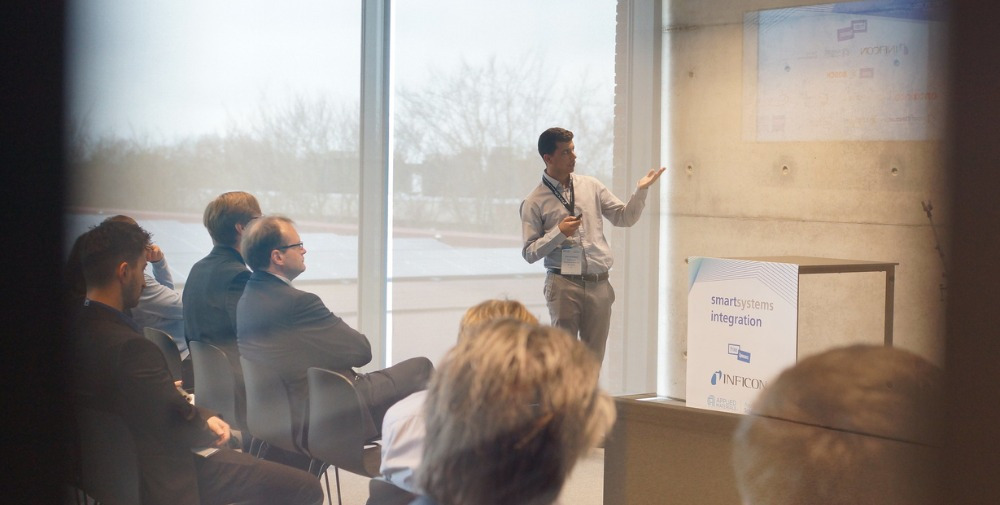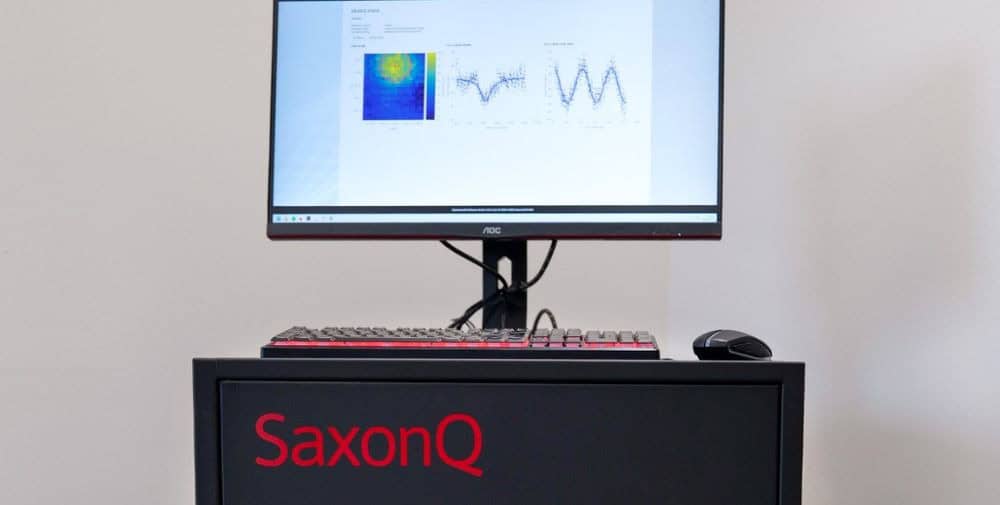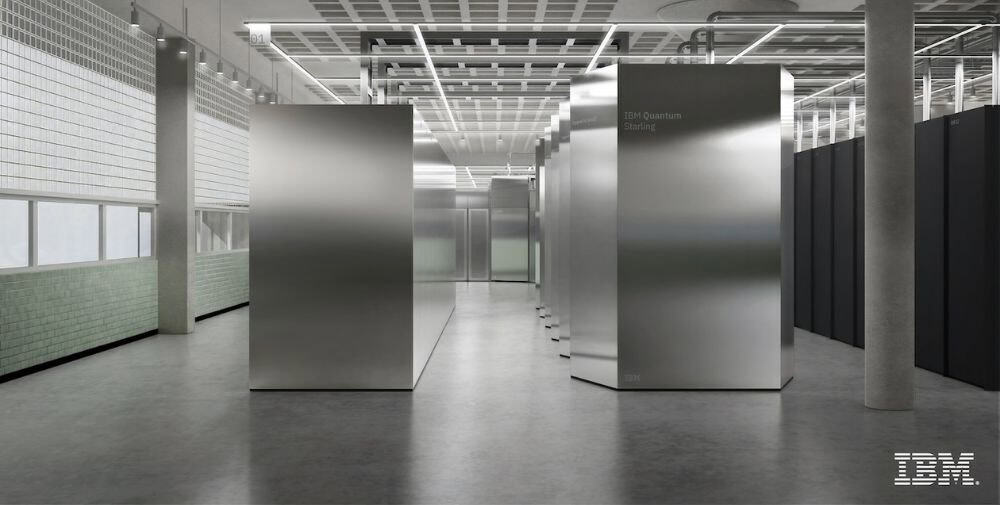Smart Systems integration 2024
From 16-18 April 2024, the Smart Systems Integration Conference & Exhibition, SSI for short, will take place in Hamburg together with apc|m. In addition to high-profile keynote speeches from the EU Commission and leading research institutions, you can expect an exciting mix of participants: Representatives from industry and research networks, non-university research institutions and universities will meet to shape the new generations of smart systems in Europe.
The 2024 conference will increase in international strength – in addition to the established program – and will also include a special theme, which will be published in time before the conference starts. The first three conference tracks continue to be oriented along the value chain of smart systems. Whether “Components of Smart Systems”, “System integration aspects concerning hardware and software”, “Application Domains: Mobility, Energy, Industry, Biomedical, Healthy Living”, each part of the value chain will be underlined in its own session with presentations and posters. The fourth track, organized by EPoSSe.V., will focus on the area of policy for smart systems – reflecting current, technical trends and the current market situation.
In addition, three prizes will be awarded: The “Best Poster Award”, which will be selected on-site, and the “Best Paper Award”, which will be chosen after reviewing the full papers submitted to the conference. In addition, the Thomas Gessner Award will be presented to individuals with graduate degrees for particularly innovative work in the field of Smart Systems Integration.
SSI 2023, focus topics cybersecurity and advanced packaging
This year’s SSI 2023 featured sessions with invited presentations on the focus topics of cybersecurity and advanced packaging. Given the increasing importance of smart systems in the present, cybersecurity plays a special role. A keynote lecture and a central session with invited speakers, complemented by a panel discussion, drew focus to this essential cross-cutting topic. The discussion put emphasis on addressing the need for data security, privacy and the risk of misuse of smart systems already during their development. On the other hand, smart systems also offer high added value in terms of security, as they can themselves be components of a digital or real security concept.
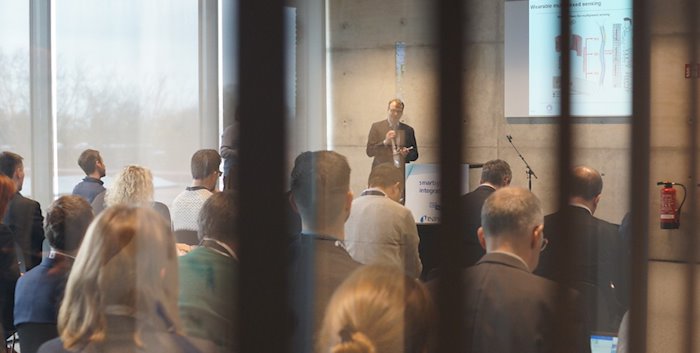
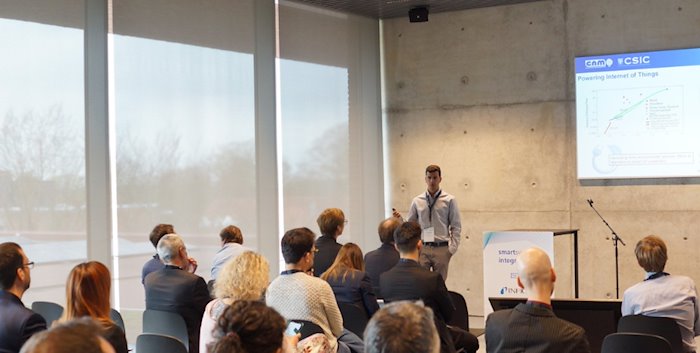
Images: Silicon Saxony
The panel discussion featured:
- Marc Vauclair, Security system architect NXP.
- Matthias Hiller, Fraunhofer AISEC and cybersecurity learning laboratory
- Thomas Kuhn, HTV Semiconductor Test & Distribution GmbH
- Ralf Fust, Wibu Systems
“Design for security, safety and privacy” (Marc Vauclair, NXP).
“Cyber security […] includes manufacturing, the resilience against attacks on system and on chip-level and secure supply chains” (Matthias Hiller, Fraunhofer AISEC)
The allowable costs for cyber security are ultimately based on the potential damage that a security leak can cause and the probability of its occurrence1 – in line with the motto “An appropriate security level for the respective use case”. The motto “Design for Security, Safety and Privacy” can have a particularly cost-reducing effect: In the history of semiconductor manufacturing, the motto “Design for Test”, in which the functional test of a system is taken into account right at the design stage, has proven its worth, so that only a fraction of the components actually delivered need to be subjected to a functional test.

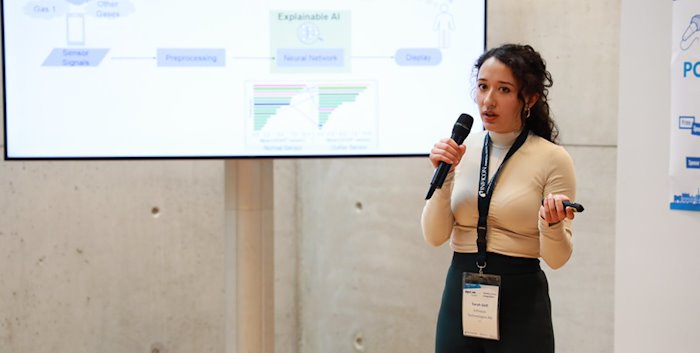
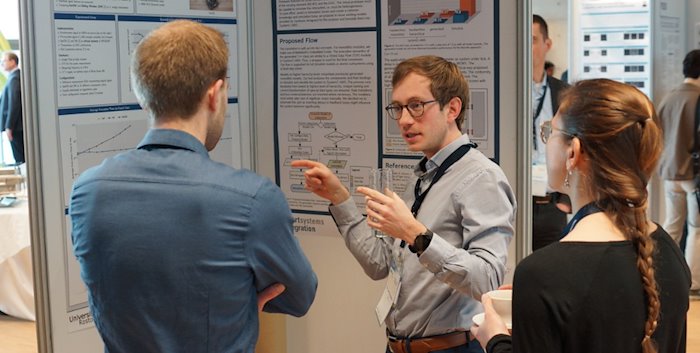
Images: Silicon Saxony
This motto cannot be transferred 1:1 to security, but the design aspect means, among other things, collecting as little data as possible and deriving the maximum functional benefit from it. Data filtering and data fusion, data anonymization and data abstraction (preferably at the scene of the event, “at the edge”) are methods of reducing the number of data transmitted (energy consumption) and allowing as few conclusions as possible about the actual sensor signal. Attack detection and fallback options (esp. in case of a detected attack) is another mechanism that helps to design smart systems to be fail-safe.
Special focus should be placed on the cybersecurity of hardware systems, especially if no software update function is included. In the interaction between software and hardware, the “zero trust principle” has therefore proven its worth: Hardware and software must not blindly trust each other, but must always check their respective counterparts for validity and integrity. Depending on the security level, this requires trust anchors (such as a public key infrastructure, or PKI for short) that can be used.
Another aspect during the manufacture of secure hardware is certification by a third party, which in addition to the above-mentioned PKI also monitors the life cycle of the component. Hardware components that contain a unique digital ID also play a special role in verifying the component. In addition, manufacturing in different fabs has become established in the area of manufacturing for critical components, so-called split-manufacturing. This prevents information about the entire component from being tapped at a single point during manufacturing.
There is also a strong focus at present on the latest technological developments in the field of AI and quantum computing, the consequences of which have been discussed in the security community for some time.
SSI 2023 and Advanced Packaging
In the opening session, Eric Beyne (IMEC) gave an overview of the state of the art in advanced packaging, before moving on to the topic of strategy and business creation, where he discussed the current market situation, the needs of the automotive industry, among others, and the opportunities and options for Europe to regain a stronger foothold in advanced packaging in the future. Advanced packaging, implements the system integration aspect on a manufacturing level and includes, by definition, a general grouping of different techniques, including 2.5D, 3D integrated circuits, fan-out wafer-level packaging and system-in-package.
Introduced by presentations addressing the European market and user perspective of the topic area, the track concluded with a panel discussion by the invited speakers. Discussing:
- Jean-Marc Yannou, Technical Director ASE Europe
- Przemek Gromala, Senior expert and simulation team leader at Robert Bosch
- Renaud de Langlade, R&D project leader NOVAPAK technologies
- Stefan Chitoraga, Yole Group
- Rolf Aschenbrenner, Department leader at Fraunhofer IZM
- Steffen Kröhnert, President & Founder ESPAT Consulting
The users are the market drivers
Typical application scenarios are Internet of things (IoT) and Internet of Everything (IoE), smart mobile devices, autonomous vehicles, smart wearable devices for fitness and health, and the aerospace and defense sector. Topics such as artificial intelligence, virtual (VR) and augmented reality (AR) are cross-cutting themes that play into every application area. Strong demand in these areas is also unleashing corresponding traction in the field of heterogeneous integration and advanced packaging. Accordingly, Yole attests an annual growth rate of the market revenue at currently approx. 11% / year.
Advanced nodes (integration density) – More Moore
The so-called Moore’s law also applies to advanced packaging, for example 3D integration density increases by a factor of about 10 in 5 years assuming 2.5D/3D techniques (Yole), while 2D integration density gradually reaches saturation.
Heterogeneous Integration – More than Moore
In addition to the trend towards steadily increasing integration density, there is also a trend towards heterogeneity, known in the semiconductor world as More than Moore. This is based on the many different application aspects, peppered with different functionalities. The general technology for implementation is chiplet technology as an answer to the apparent contradiction between ever higher integration density and heterogeneity. The general challenges are to generally generate more chip(let)s from one wafer, to achieve a higher yield and to reduce the dimensions between bumps or pads. Accordingly, the More Moore and More than Moore trends in advanced packaging are coupled.
Location Europe
While volume production is more important in the American and Asian markets, Europe’s strength is in the area of smaller and medium volumes, making Europe the innovation driver at the system level for dedicated applications. However, there is a need to catch up in the area of Integrated Device Manufacturers (IDMs), and in the area of Outsourced Semiconductor Assembly and Test firms (OSATs). European companies currently serve high-priced market segments, low and medium volume manufacturing, and specialized, customized products.
What else happened at SSI in 2023
For the first time in history, SSI was held in parallel with the apc|m conference, which focused on the topic of process control for semiconductor manufacturing and manufacturing chains. Both conferences benefited synergistically from each other, because the basis of smart systems are usually semiconductor manufacturing processes. These also played a major role in the first track of the conference and were underlined by the keynote “Pilot lines and regional investments” (Francisco Ibanez, European Commission Chips4EU initiative), whereby the system integration idea was also addressed as a target aspect.
Other keynotes were dedicated to the topic of system integration: Eric Beyne, head of the 3D System Integration Technology department at IMEC in Leuven, spoke about “Enabling Heterogeneous System Scaling”. Finally, the application aspect of integrated smart systems was addressed in the areas of health “Neural implants go small, smart and flexible” (Wouter Serdijn, TU Delft) and energy systems “Electronic Control Systems for Decentralized Renewable Energy” (Thomas Hammer, Siemens AG).
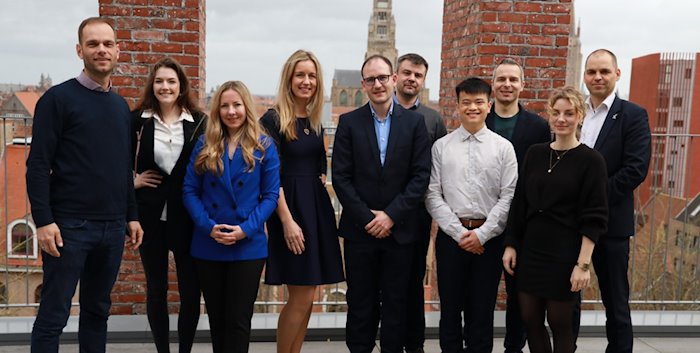
The Silicon Saxony organizing team and Christian Friedemann Irmscher (Fraunhofer ENAS, center) | Image: Silicon Saxony
The SSI organizing team – Fraunhofer ENAS, EPoSS e.V. and Silicon Saxony – would like to thank all speakers and poster contributors for their valuable contributions. We would also like to thank the participating companies and institutions. We would like to mention Infineon Technologies, Bosch Sensortec, BMW AG, STMicroelectronics, Tohoku University, Fraunhofer IKTS, Fraunhofer IZM, TU Chemnitz and CeNTI – Centre for Nanotechnology and Smart Materials. Last but not least, we would like to thank all sponsors and participants of this year!
_ _ _ _ _
Further links
Literature on the topic of cyber security of smart systems
Introductory literature:
👉 1 “Trustworthy electronics” (Fraunhofer Learning Lab at the Fraunhofer AISEC Institute)
👉 “From the INTERNET of THINGS to the INTERNET of TRUST” (NXP)
👉 BSI: Cybersecurity of AI Systems
Further up-to-date information on the “Trusted Electronics” platform project:
👉 Velektronik – Trustworthy Electronics
If you are looking for deeper insights into the topic of cyber security, you will find them here, for example:
👉 White paper from NXP
👉 Publications of Fraunhofer AISEC
👉 Heterogeneous Integration Roadmap (HIR)
In-depth literature on perspectives in the field of advanced packaging
👉 Espat books
👉 Yole reports
